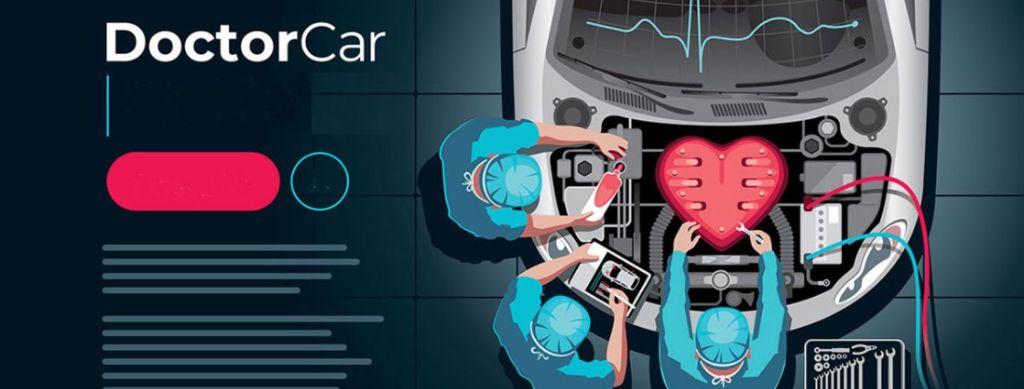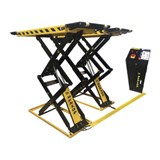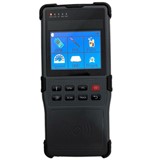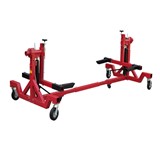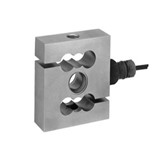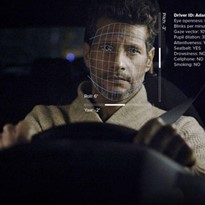- Know how an OBD2 device operates and its major functions.
- Helps to detect vehicle malfunction in real time by constantly transmitting DTC (Diagnostic Trouble codes).
- Reduce ongoing repair and maintenance costs as you know which part of your car specifically requires attention.
- Know more about when to use OBD2 devices over wired trackers.
- Devices can be used for ensuring safe driving behavior.
- Keeps vehicles secure and prevents thefts & towing.
It is imperative to have in-depth knowledge regarding vehicle diagnostics, so you know exactly when something is wrong and can schedule maintenance inspections accordingly. Anstel’s OBD2 device is just what you need!
What is an OBD2 device?
On-board Diagnostics device or OBD is a standardized system that enables external electronics to interact with automobiles. It keeps tabs on the fuel monitor, engine temperature, emission standards, and other aspects. When any anomalies are found, the advanced sensors of the OBD trigger an alert on your mobile, so you get to know the problem immediately. Presently all types of the passenger cars, light-duty trucks and medium-duty vehicles, and engines have OBD2 system integrated to prevent high emissions and regulate fuel economy by keeping tabs on driving behavior, vehicle diagnostics, low-performance indication by monitoring asset usage and minimizing downtime, and so on.
Their main function is to ensure that the vehicle is running efficiently and keeping track of its location in real time. To put it in a nutshell, your vehicle is taken good care of, while keeping in mind the safety of the environment, as well. The device plugs into the OBD2 port of your vehicle. Anstel’s vehicle tracking devices are already tested and activated, so all you need to do is plug it in, and it starts working immediately.
Car diagnostics in real time
Know if your vehicle is functioning the way it is supposed to. Any anomaly and you are alerted immediately. For instance, if there is a problem with any of its components, you get a notification on your phone. Get constant updates about vehicle diagnostics, so any issue is detected right away and appropriate action can be taken.
Anstel’s OBD2 device is compatible between vehicles, so even if the vehicle is replaced, its device can simply be plugged into the new vehicle, and it will start working like before. Moreover, you are aware of exactly which components have to be repaired or replaced, which reduces car repair bills and ongoing maintenance expenses, considerably.
Generic and manufacturer specific diagnostic codes
Diagnostic trouble codes come in a string of five characters – they are used along with the vehicle’s manual to understand what needs to be examined and tested. Take a look:
- The first character is the powertrain, body, chassis, or network.
- Second character is 0 (generic OBD2 code) or 1 (car manufacturer exclusive code).
- Third character is made up of letters or numbers. It includes fuel and air metering, ignition, auxiliary emission control, transmission, etc.
- The fourth & fifth characters are for a particular description of the problem with the part and system in question. They are identified by numbers like 00, 01, and so on.
To put it in a nutshell, DTC consists of which part is at fault, type of code, which car system is malfunctioning, and detailed description of fault. Generic DTCs are defined in the standards for OBD2 and same for all car manufacturers. But when it is a manufacturer exclusive DTC, it won’t be available in generic code bases, and is created and defined by a car manufacturer.
Know more about when to use OBD2 devices over wired trackers
A wired tracking system is hardwired into the vehicle, operates via power from a battery, and requires a qualified auto-electrician. The OBD2 devices just plug right into the OBD port, which is the same port that mechanics use when they are testing a vehicle and running diagnostics, it is much easier to install. No specialized tools or technical knowledge is required to do it.
Regardless the size of fleet business, once the OBD2 system is implemented in the fleet management software, you can easily take care of vehicle maintenance, while diagnosing fleet vehicle engine remotely alongside tracking fuel economy, managing drivers and generating various reports.
Enhance fleet and driver’s safety
It performs a variety of functions starting from tracking real time location of vehicles, keeping tabs on driver performance, and monitoring driving behavior. This would include keeping a close watch on driving patterns of teenagers as well. All of these would help in enhancing vehicle performance which improves vehicle life and driver’s safety. Integrating the OBD2 device with Connected Fleet management software reduces harsh driving and chances of accidents.
Exceptional security The nature of an OBD2 hardware-based solution minimizes possibilities for fraudulent acts and eliminates the potential for individuals to circumvent the monitoring system. The deliberate removal of the OBD device is detected right away, and you get an alert in the form of a phone call or SMS. Smart Bluetooth Sensors like Door, movement, Temperature and Humidity sensors could also be paired to the OBD2 device to enhance security.


